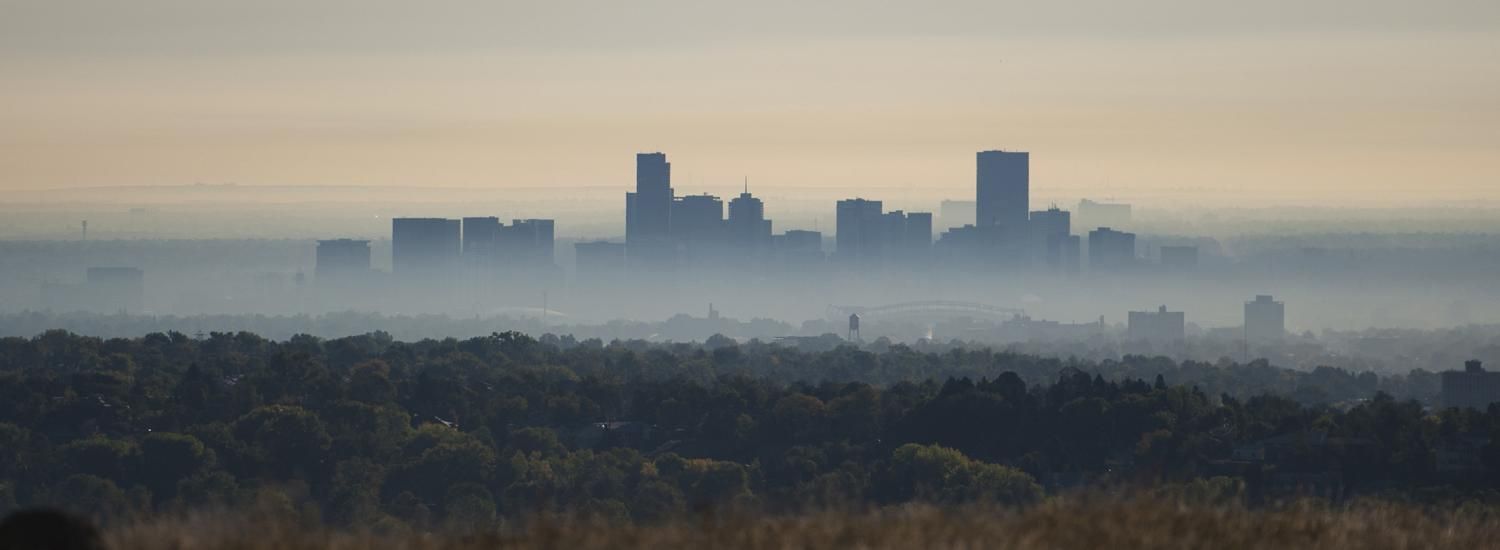Historical practices led to pollution disparities in Denver, Colorado

Alex Bradley
Past Employee
Historical practices led to pollution disparities in Denver, Colorado
New work, led by former CIRES and CU Boulder PhD student Alex Bradley, shows that modern pollution patterns and the burdens they place on communities in Denver depend heavily on historical changes, including city planning, industry, and discriminatory redlining practices.
Bradley and his colleagues analyzed historical patterns in pollution and demographics using archival sources, including peer-reviewed research, city planning documents, and newspapers. The historical data allowed the team to better understand modern pollution disparities, which show communities of color breathe Denver’s worst air.
The team found:
- Historical industry and key urban planning decisions, such as the siting of industrial smelters and later construction of I-25 and I-70, resulted in higher levels of pollution in the Globeville and Elyria-Swansea neighborhoods now home to Hispanic and Latino communities.
- On Denver’s westside, shifting housing policies and suburbanization resulted in more Hispanic or Latino and American Indian and Alaska Native groups moving into areas adjacent to the industrial and highway corridors along the South Platte River, where pollution is high.
- Despite experiencing discriminatory redlining practices, Black communities in the Five Points neighborhood were not exposed to heavy industrial pollution. The pattern differs from other cities in the country.
“Communities of color didn’t end up in the most polluted parts of Denver by accident,” Bradley said. “Historical siting decisions, housing discrimination, and other social factors placed them there. We’re still seeing the consequences today.”
The team proposed informed solutions, including:
- Investing in public transit to reduce the number of cars on the road.
- Implementing neighborhood-specific pollution reduction plans.
- Reevaluating policies that overlook systemic barriers that constrain where people settle.
Read the paper in Environmental Sociology.
